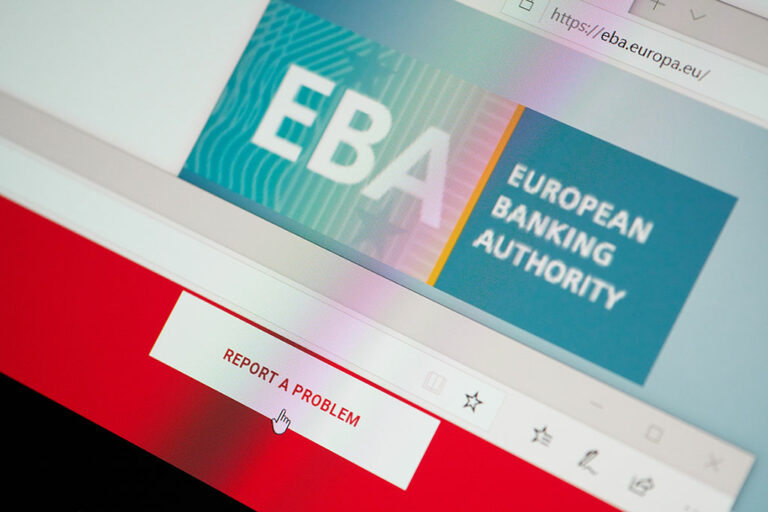EBA raised its concerns over potential financial stress arising in NBFIs amid their indirect exposure to crypto firms and crypto markets.
The European Banking Authority (EBA), responsible for stress tests on EU banks, is intensifying efforts to assess the potential impacts of strains in non-bank financial institutions (NBFIs), including those related to crypto assets. EBA Chair José Manuel Campa expressed the need to delve deeper into the interconnectedness between banks and various financial entities, citing concerns over contagion. NBFIs globally hold approximately $219 trillion, nearly half of the world’s financial assets, according to a Financial Times report.
Campa highlighted the importance of understanding the entire underlying chain in NBFIs, indicating the regulator’s commitment to enhancing its oversight. The move comes amid a broader effort to anticipate and mitigate risks arising from the crypto sector, as cryptocurrencies play an increasingly significant role in the financial landscape.
The EBA has already taken proactive measures to address potential stressors associated with cryptocurrencies. In November, it released draft rules aligning with the EU’s Markets in Crypto Assets (MiCA) regulation, focusing on liquidity and capital requirements for stablecoin issuers. Additionally, proposed rules suggest stringent vetting for individuals with over 10% stakes in crypto companies to ensure compliance with convictions or sanctions. Crypto companies are also advised to monitor customers using privacy coins or self-hosted wallets to detect potential money laundering activities.
While the EBA regularly conducts biennial stress tests on European banks, the latest initiative involves collaboration with the European Systemic Risk Board and Financial Stability Board. Together, they aim to assess the potential impacts of a “shadow banking shock” on the broader financial system. The move reflects a proactive stance by regulatory authorities to enhance the resilience of the financial sector against emerging risks, particularly in the evolving landscape of digital assets and cryptocurrencies.
Risks from NBFIs Crypto Exposure to Banking Industry
As financial authorities scrutinize potential indirect links, questions arise regarding the vulnerability of banks to a significant decline in the value of assets held by NBFIs, including treasuries and real estate.
European Central Bank’s chief supervisor, Andrea Enria, raised concerns in November about an existing loophole in EU regulations designed to safeguard the financial system from risks associated with cryptocurrencies. According to Enria, urgent attention is needed to address this loophole, which allows banks to navigate certain safeguards, potentially exposing the financial system to unforeseen risks stemming from the cryptocurrency market.
The evaluation of indirect links between banks and NBFIs seeks to enhance regulatory measures and fortify the financial system against potential vulnerabilities. This initiative reflects a broader commitment to maintaining stability and resilience in the face of evolving financial landscapes, with a specific focus on mitigating risks associated with digital assets and cryptocurrencies.
next